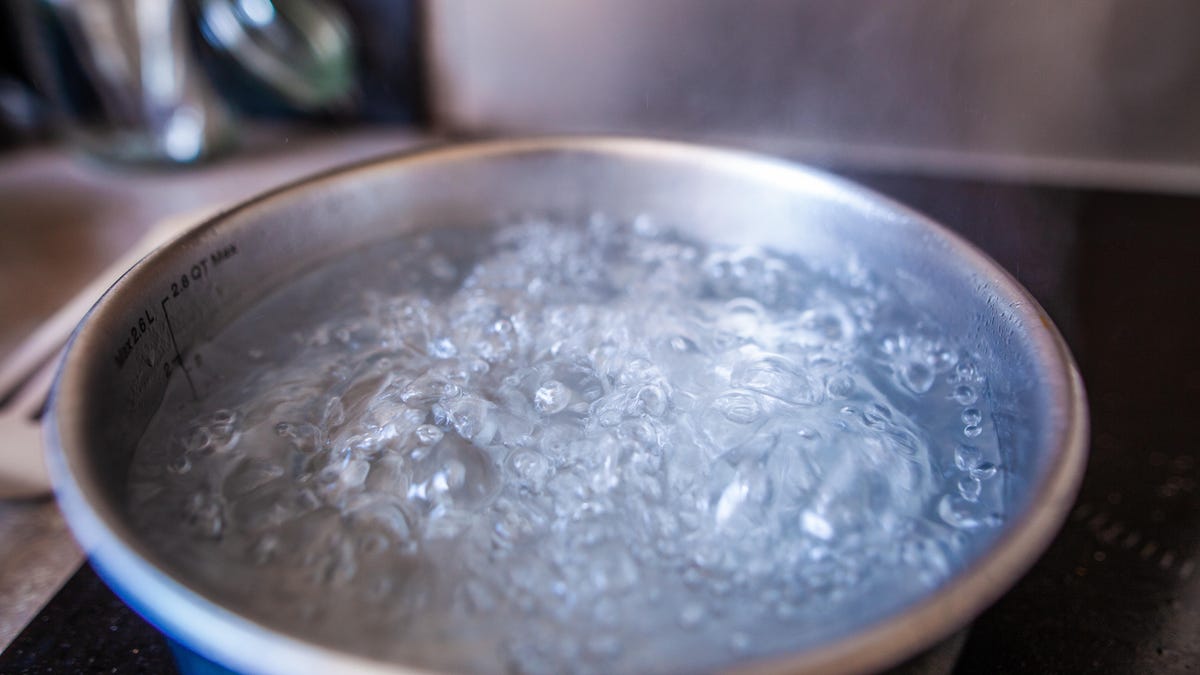Boil-water advisory: How to get safe drinking water in an emergency
Here's what to do to get drinking water when you need it.

Freezing temperatures and burst pipes in Texas have strained water utilities and left many in the region without safe drinking water. There are still over 1,300 boil water advisories in the state. Bottled water is the safest alternative to tap water during a boil-water advisory. If you don't have bottled water, tap water can be boiled for safe drinking, as long as it hasn't mixed with fuel or other hazardous chemicals. If it has been contaminated with chemicals, no amount of boiling will make it safe to drink.
Follow these guidelines, provided by the CDC, to boil your water for safe drinking.
Step 1: Boil the water
To kill parasites, viruses and bacteria, boil the water for 1 minute. If you live at an elevation over 6,500 feet, boil the water for 3 minutes.
Step 2: Let the water cool
Make sure the water cools before you drink it.
Step 3: Store it
Store the water in a food-grade container if you don't plan to use it right away.
If the water you're boiling is cloudy, the CDC recommends filtering it through a coffee filter or clean towel. Alternatively, you can wait for the cloudy water to settle to the bottom and pour or ladle only the clear water at the top into your pot for boiling. Then follow the same steps above -- boiling for 1 minute (or 3 minutes depending on your elevation), letting the water cool and then storing it in a clean, food-safe container if you aren't using it yet.
Take a look at the CDC guidelines for more information on getting clean drinking water, including additional advice if you don't have access to bottled water and you aren't able to boil water.

